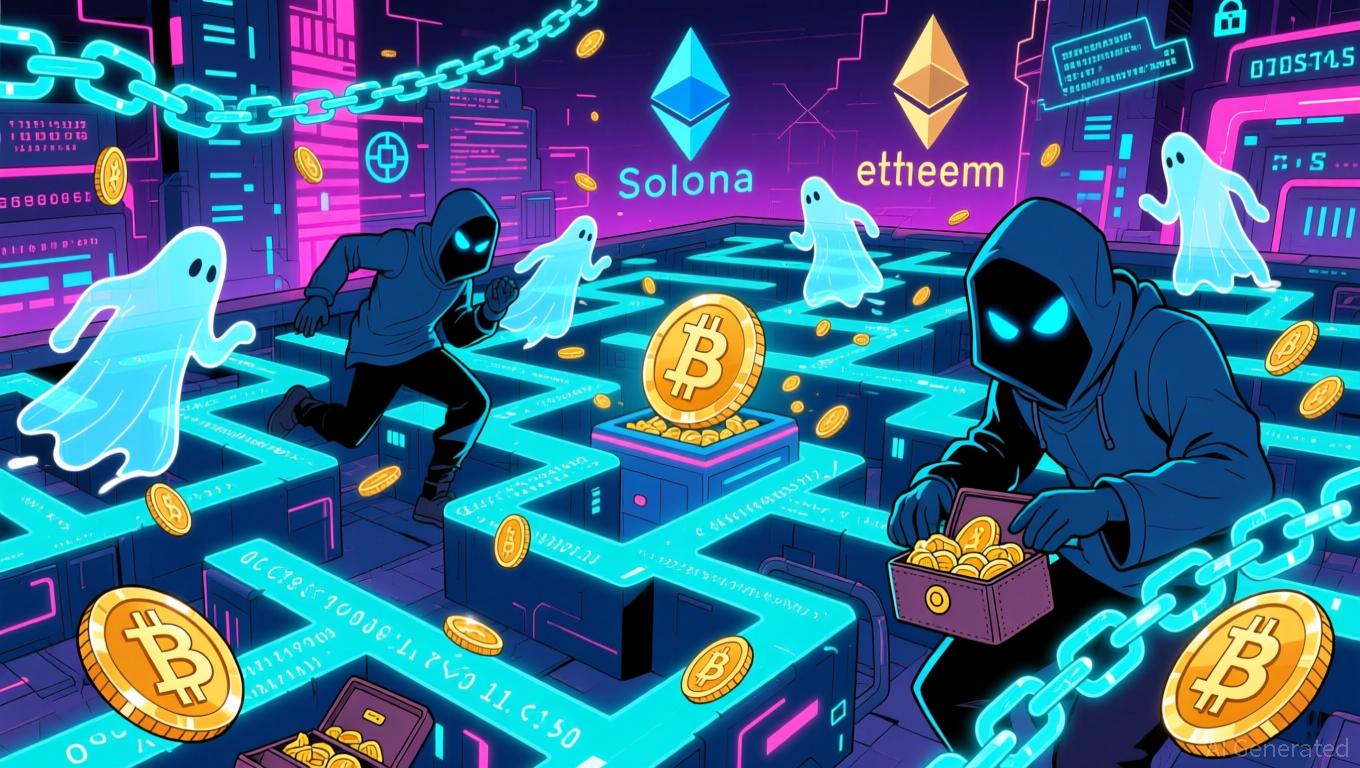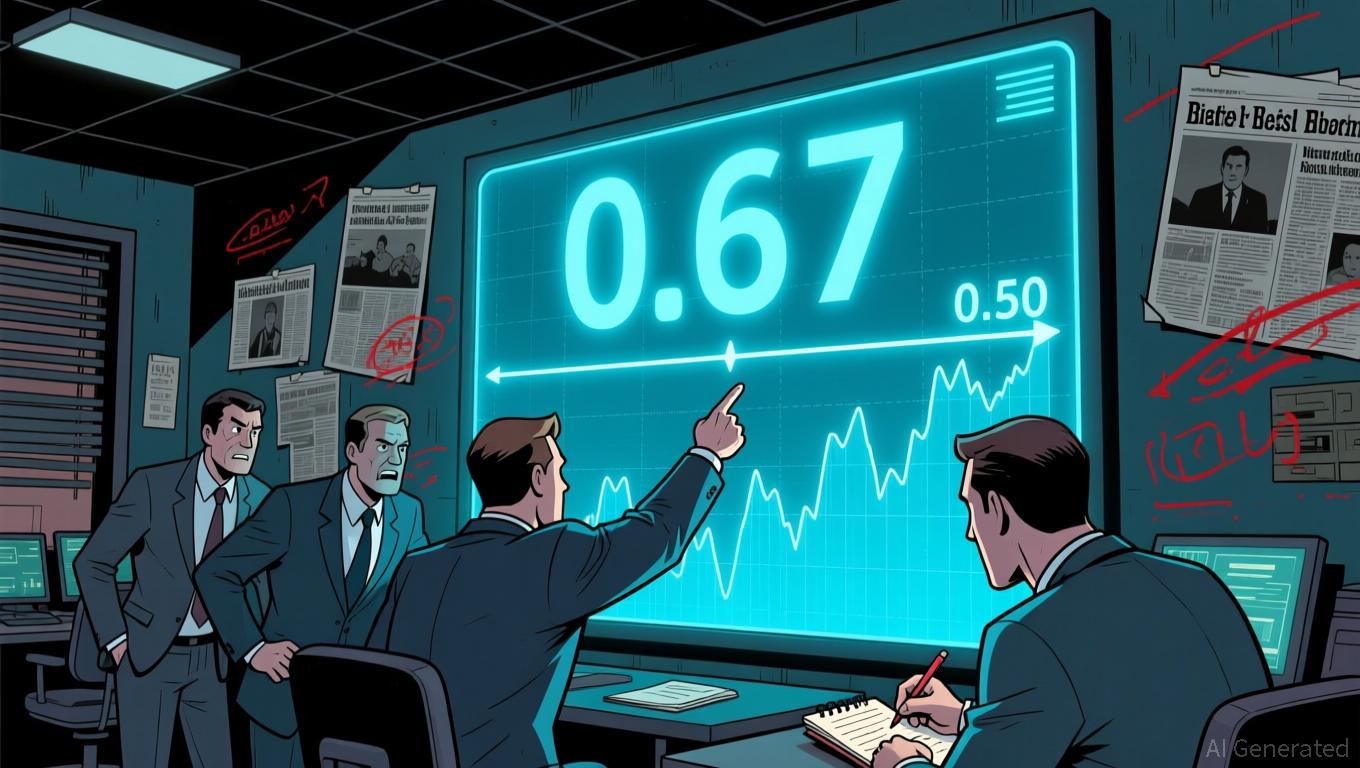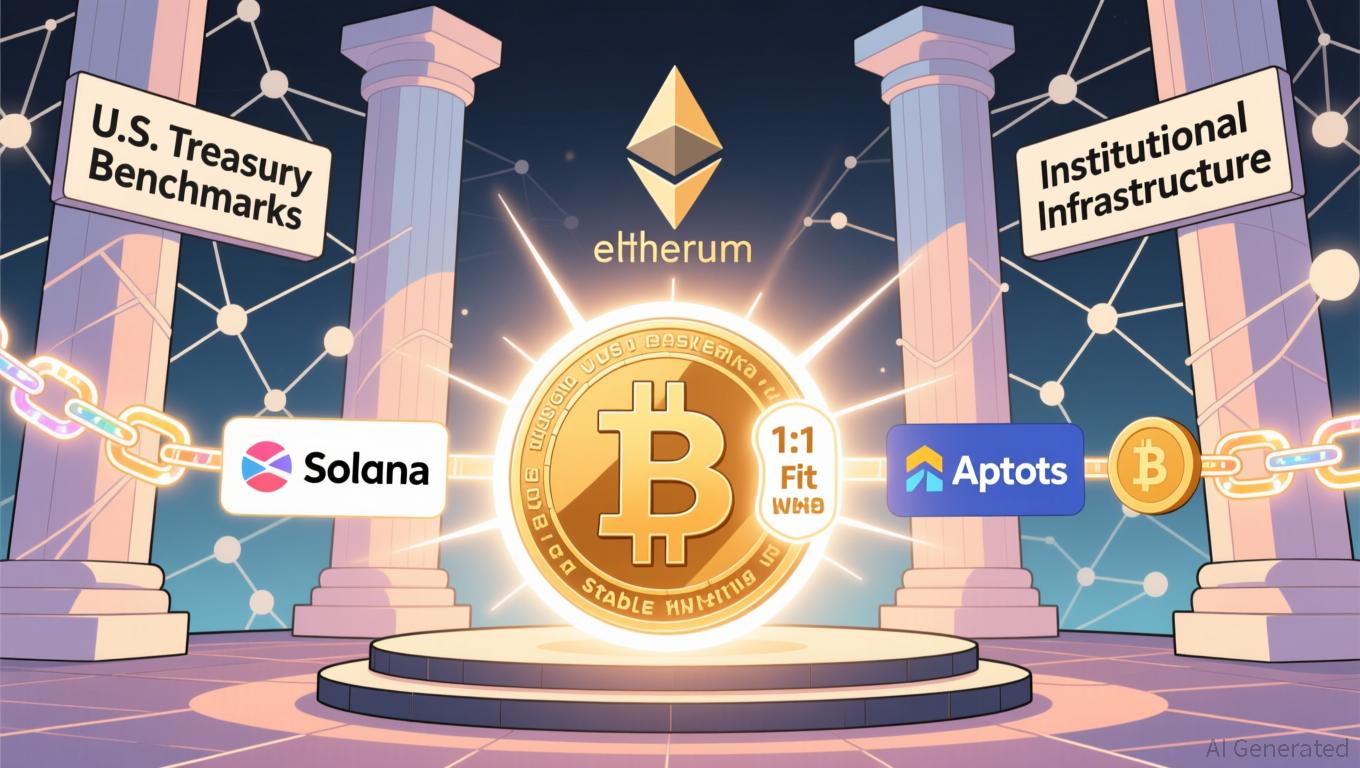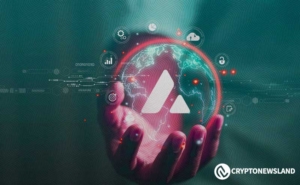Vitalik Buterin Supports ZKsync: What This Means for Layer 2 Scaling
- Vitalik Buterin endorsed ZKsync in late 2025, highlighting its "underrated and valuable" work alongside the Atlas upgrade achieving 15,000 TPS and $0.0001 fees. - ZKsync's zero-knowledge rollups and EVM compatibility enabled institutional adoption by Deutsche Bank , Sony , and Goldman Sachs for cross-chain and enterprise use cases. - The Fusaka upgrade aims to double throughput to 30,000 TPS by December 2025, positioning ZKsync to compete with Polygon zkEVM and StarkNet in Ethereum's Layer 2 landscape. -
Vitalik Buterin’s Endorsement Sparks ZKsync Momentum
In the final months of 2025, Vitalik Buterin, one of Ethereum’s founders, gave public support to ZKsync, describing its progress as both “undervalued and significant.” This endorsement came at the same time as the debut of ZKsync’s Atlas upgrade, which enabled the network to process up to 15,000 transactions per second and reduced transaction costs to as little as $0.0001. Buterin’s backing not only brought ZKsync into the spotlight but also accelerated its adoption by major institutions, including Deutsche Bank and Sony, who began utilizing the platform for cross-chain settlements and digital rights management. For those evaluating ZKsync’s future, this moment represents a crucial turning point as Ethereum’s Layer 2 ecosystem continues to evolve.
ZKsync’s Innovations and Development Path
ZKsync stands out for its implementation of zero-knowledge rollups, a technology that consolidates multiple transactions into cryptographic proofs. This approach significantly reduces the computational burden on Ethereum’s main chain while maintaining security and decentralization. The platform’s compatibility with the Ethereum Virtual Machine (EVM) further sets it apart, allowing developers to integrate their projects with minimal friction and cost.
The Atlas upgrade, highlighted by Buterin, showcased ZKsync’s scalability by reaching 15,000 transactions per second with near-instant block confirmations. This leap in performance was made possible by a RISC-V-based zkVM and improved liquidity sharing between Ethereum’s mainnet and its Layer 2, effectively addressing key scalability challenges. Looking forward, the upcoming Fusaka upgrade, planned for December 3, 2025, aims to double throughput to 30,000 transactions per second. This aligns with ZKsync’s roadmap for 2025–2026, which targets full EVM equivalence at the bytecode level.

Developer experience is also a priority for ZKsync, with the introduction of Boojum 2.0 and BoojumOS to create a development environment closely resembling Ethereum’s mainnet. The platform is also working to enhance interoperability between public and private zero-knowledge chains, a feature that is especially attractive to enterprise users. These advancements position ZKsync as a strong contender among Ethereum’s Layer 2 solutions, such as Polygon zkEVM and StarkNet, while maintaining a strong focus on user experience through smart wallet SDKs and Smart Sign-On (SSO) features.
Competitive Environment and Market Trends
ZKsync operates in a highly competitive Layer 2 landscape, contending with projects like Taiko, Scroll, and StarkNet. StarkNet, for example, leverages STARK proofs to deliver robust security without the need for a trusted setup, while Polygon zkEVM is recognized for its bytecode-level EVM compatibility. Despite the crowded field, ZKsync’s technical achievements and partnerships with major institutions give it a distinct advantage. Notably, Goldman Sachs and Deutsche Bank have adopted ZKsync for compliance and scalability needs, reflecting growing confidence in its infrastructure.
The broader market for zero-knowledge proof technology is expected to reach $7.59 billion by 2033, fueled by applications in DeFi, NFTs, and enterprise solutions. ZKsync’s developer activity surged by 230% in late 2025, and its focus on enterprise-grade features suggests it is well-positioned to capture a significant portion of this expanding market. However, maintaining this trajectory will require ongoing innovation, especially as rivals like Scroll and StarkNet continue to advance.
Investment Outlook: Price Forecasts and Potential Risks
ZKsync’s native token, ZK, experienced a 50% price increase following Buterin’s endorsement, with the platform’s total value locked (TVL) reaching $3.5 billion by the end of 2025. Price predictions for 2025–2026 vary, with optimistic estimates ranging from $0.40 to $0.60, while more conservative forecasts suggest values between $0.10 and $0.15. These projections reflect the inherent volatility of the cryptocurrency market and uncertainties related to Ethereum’s ongoing infrastructure upgrades, such as possible native sharding or new EIPs.
For long-term investors, ZKsync’s growing institutional adoption and technical progress help offset some risks. Partnerships with organizations like Crypto.com (via Cronos) and Abstract (Pudgy Penguins) point to a diverse and resilient ecosystem, less dependent on any single market segment. Nonetheless, ZKsync faces ongoing challenges, including the need to sustain developer interest and remain competitive among Ethereum’s expanding Layer 2 offerings.
Final Thoughts: ZKsync’s Role in Ethereum’s Next Chapter
Vitalik Buterin’s support highlights ZKsync’s significance in Ethereum’s journey toward greater scalability. With a clear development roadmap, increasing institutional engagement, and a vibrant developer community, ZKsync is well-placed to benefit from the growing zero-knowledge proof market. While competition remains intense, the platform’s emphasis on performance, interoperability, and user-centric features makes it a compelling option. For investors, the challenge lies in balancing optimism about ZKsync’s technological direction with caution regarding market fluctuations and competitive pressures. As Ethereum’s infrastructure continues to mature, ZKsync’s adaptability and commitment to innovation will be key to its long-term success.
Disclaimer: The content of this article solely reflects the author's opinion and does not represent the platform in any capacity. This article is not intended to serve as a reference for making investment decisions.
You may also like
Ethereum Updates: Lazarus Group's Cross-Chain Theft Reveals Vulnerabilities in Crypto Exchanges
- South Korean authorities attribute Upbit's $30M hack to North Korea's Lazarus Group, using multi-chain laundering via Solana and Ethereum . - Attack mirrored 2019 incident, targeting admin accounts, intensifying scrutiny of Dunamu’s $35.2B fine and merger with Naver. - Hack occurred during Dunamu-Naver merger announcement, raising suspicions of disruption intent, aligning with Lazarus’s geopolitical tactics. - North Korea’s sanctions-driven cyberattacks highlight global risks as Lazarus evolves tactics,

Bitcoin News Update: Puell Multiple Drops—Sign of Recovery or Indication of Further Decline?
- Bitcoin's Puell Multiple drops to 0.67, nearing historical cycle bottoms but remaining above the 0.50 threshold linked to major price troughs. - Analysts cite undervaluation signals from MVRV Z-Score and NVT Golden Cross, suggesting potential rebounds after years-long lows. - Technical indicators point to $96,800-$118,000 targets, though experts caution against overreliance on single metrics amid mixed macroeconomic signals.

Hyperliquid News Today: "Paxos Introduces USDG0 to Connect Traditional Finance and DeFi Through Compliant Cross-Chain Liquidity"
- Paxos launches USDG0 on Plume, Hyperliquid, and Aptos, offering regulated cross-chain liquidity via LayerZero's OFT standard. - Plume positions USDG0 as a key RWA hub, aligning yields with U.S. Treasury benchmarks and institutional-grade infrastructure. - RWA tokenization exceeds $35B in on-chain value, driven by clearer regulations and expanding asset types, with USDG0 enhancing cross-chain utility. - USDG0's compliance contrasts with USDT0's growth, positioning it for institutional adoption as DeFi bri

Securitize Gains EU Approval for Tokenized Market System on Avalanche
